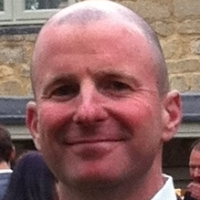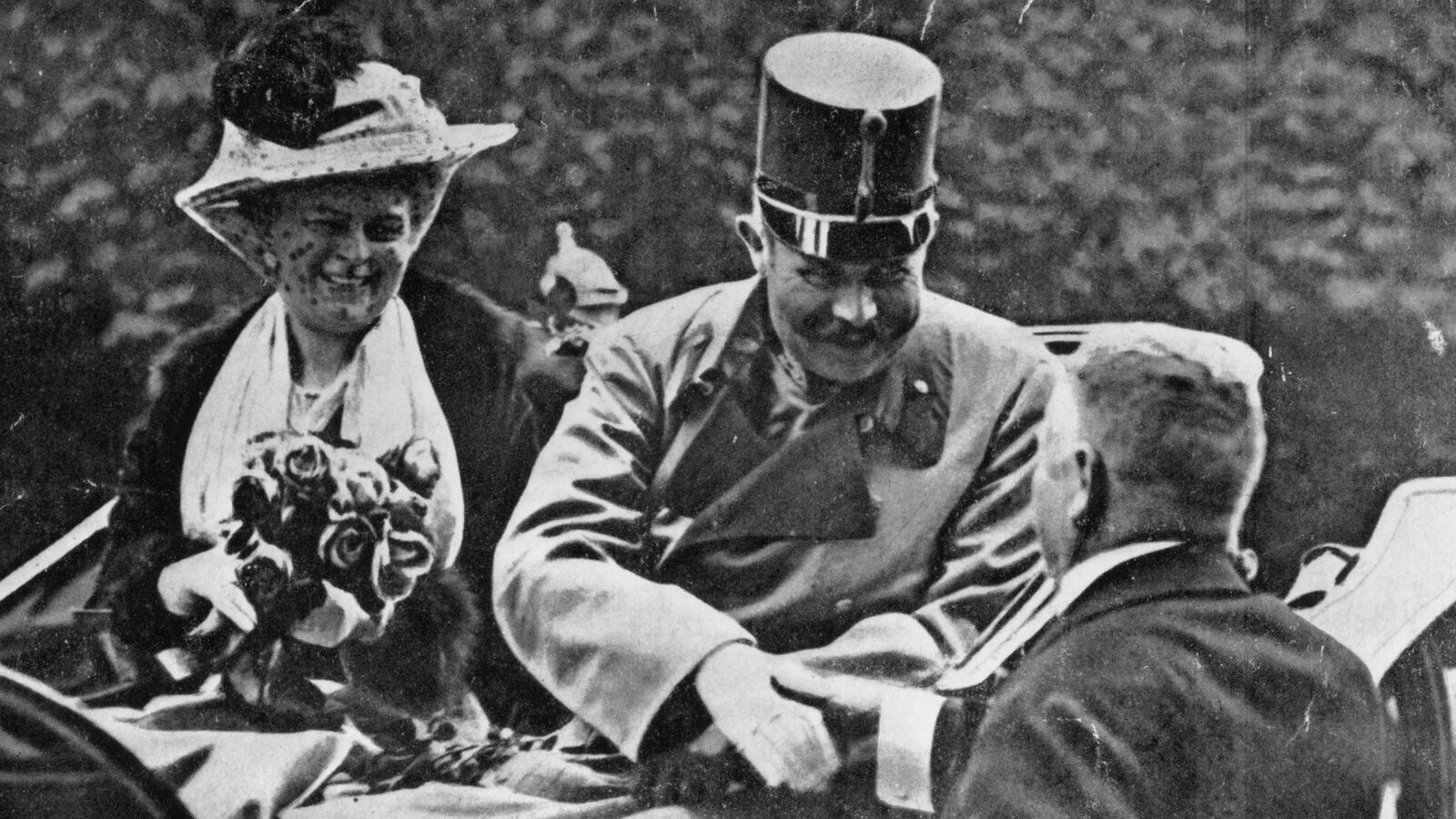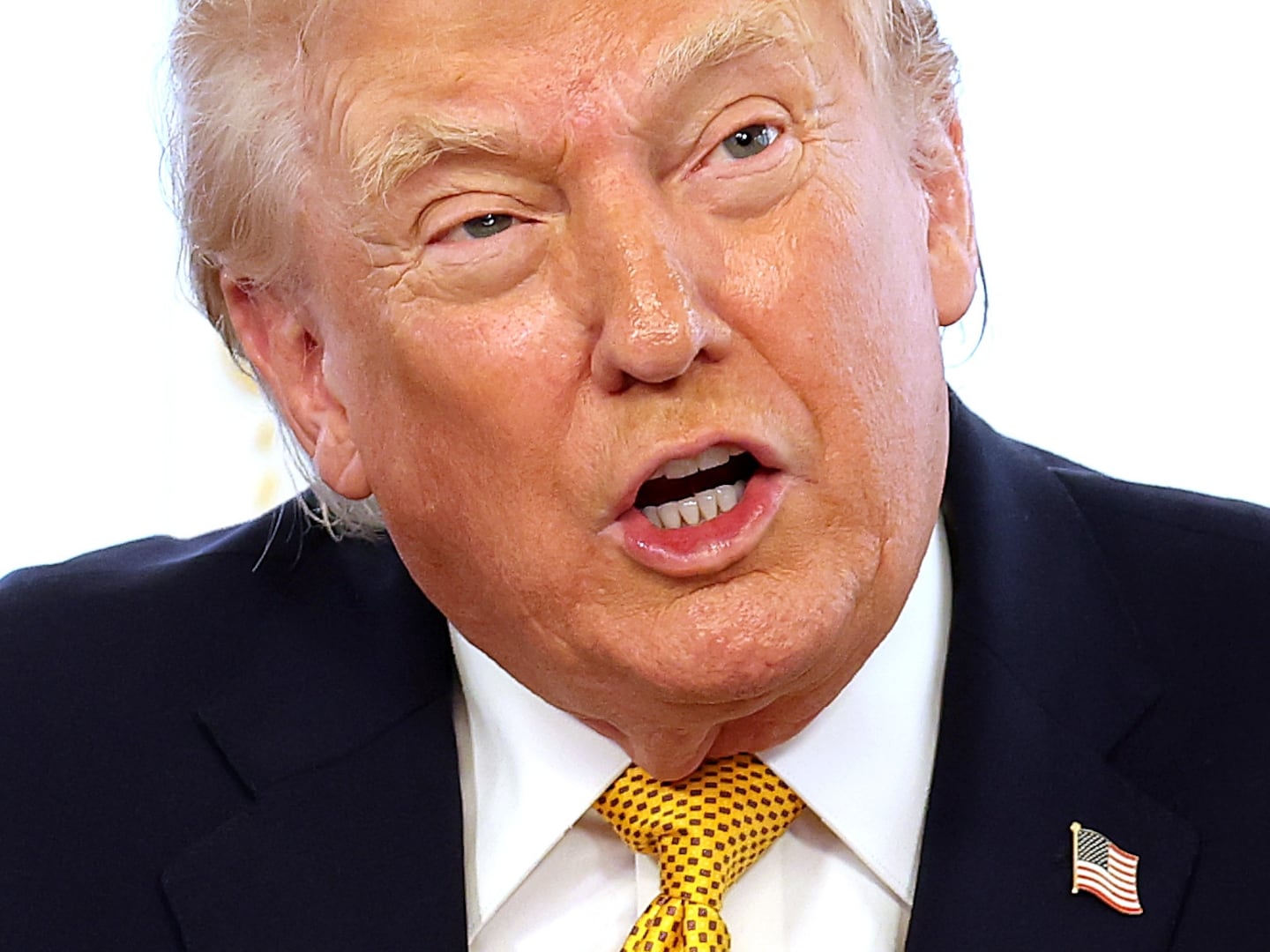A century ago today, Archduke Franz Ferdinand of Austria-Hungary embarked on his fatal journey to Sarajevo. His murder at the hands of a Bosnian Serb plunged Europe into war, causing slaughter and suffering on an unprecedented scale. Tens of millions were maimed or killed, empires were destroyed, and poisonous hatreds were unleashed that led within a generation to an even more terrible conflict.
In The Long Shadow, distinguished Cambridge historian David Reynolds echoes George F. Kennan’s view that the Great War was “the great seminal catastrophe” of the 20th century. But while he acknowledges the war’s “pernicious” legacies, he views others as “transformative in a positive sense.” In detached and sometimes clinical prose, Reynolds gives us a clear-eyed appraisal of the First World War’s consequences. This is war with the poetry left out—or at least put in its place.
Not that Reynolds ignores the cultural legacy of 1914-1918; he takes on the vexed question of the Great War and modernism, sensitively exploring the “‘crisis of representation’ in art and literature in the early twentieth century.” He reminds us that the poetry of Wilfred Owen and Siegfried Sassoon was largely ignored until the ’60s, and claims that their vision of the conflict was as misleading as it was undeniably moving. Rupert Brooke’s romantic and achingly idealistic “Now, God be thanked Who has matched us with His hour” was the dominant poetic theme early in the war; Owen’s nightmarish evocation of a gas attack, “froth-corrupted lungs … Obscene as cancer, bitter as the cud … Of vile, incurable sores on innocent tongues” entered the public consciousness much later.
Sometimes Reynolds cuts a bit rough; for example, he is scathing about The Great War and Modern Memory by Paul Fussell, dismissing it as “highly selective” and “full of tendentious generalizations,” giving “canonical form to the story of soldiers as victims.” Fussell deserves better; his literary sensibility and World War II combat experience make his work poignant and powerful.
Elsewhere, Reynolds surveys the impact of the war upon democracy, empire, capitalism, and other spheres of life. The Long Shadow is a spacious look at a dark and troubled century, with particular emphasis on the United States, Britain, and Ireland.
For Americans, World War I rests in a dark valley of amnesia between the glowing peaks of the Civil War and World War II. The moral clarity of our war against fascism (compromised though it was by the malignity of our Soviet ally), and our vast contribution to it, make 1914-1918 seem distant and even quaint. But modern America was in some ways born in the trenches: the expansion of federal power and our leading role upon the world stage, now taken for granted, had their roots in the conflict. And twice as many Americans died in World War I as in Vietnam.
In Europe, of course, memories of the Great War are evergreen. This is especially true in the United Kingdom, where, Reynolds tells us, “the public case for war was grounded more in morality than self-interest: this was seen as a war to defend the principles of freedom and civilization.” And for these principles 723,000 British lives were sacrificed. Small wonder that for the Britain, “1914-18 has become the problem that will not go away.”
The remembrance of the war dead was a serious endeavor. The British, inspired partly by the dignified example of Lincoln at Gettysburg, and “seeking to endow democratic death with nobility and meaning,” did so “with nearly a thousand architect-designed cemeteries and memorials running like a ribbon through Belgium and France.” These exquisitely tended sites, where many of the uniform headstones are engraved with the resonant words of Kipling (“A Soldier of the Great War, known unto God”), are places of pilgrimage and reflection.
But despite the pain, Britain and its ancient parliamentary system dealt rather well with the dislocations caused by the war. The ’20s and ’30s, for all their upheaval, stretched but never tore the social fabric. The great exception, of course, was Ireland, its most restive component. By the time of the Great War, Ireland had been ruled by the British for centuries; since the Act of Union in 1800, it had officially been part of the United Kingdom. Nationalism boiled over in sporadic uprisings throughout the 19th century, but it took the Great War to help midwife the modern Irish state. Hundreds of thousands of Irishmen fought in the British Army, but at Easter in 1916 a radical fringe occupied several strategic points in Dublin. Just weeks before the Somme, British soldiers put down the rising, leaving much of the city in ruins. Most Irish people were horrified at the actions of the rebels, but the British decision to execute the leaders of the rebellion made martyrs of them. The Easter Rising was a military failure, but the blood sacrifice unleashed a more potent form of nationalism, culminating a few years later in a war for independence, a civil war, and an Irish Free State, (excluding six counties of the Northern province of Ulster). The Free State evolved decades later into an economically troubled but otherwise stable Republic. But the division of that small island and the seemingly irreconcilable differences between Protestants and Catholics in the North led to further tensions, and eventually to decades of bloody conflict.
Thus, as Reynolds explains, the Irish experience was, on a smaller scale, like those of several of the continental European nation-states, where the legacies of war spawned hatreds that would soon consume the world. The Russian revolution of 1917 toppled the tsar and soon installed a bloodthirsty communist regime. And defeated Germany sullenly nursed her wounds, its people casting about for someone to blame. And to the world’s eternal shame and sorrow, they found their scapegoats among the Jews of Europe. In a cruel twist of fate, the Allied exaggeration about real German atrocities in Belgium in 1914 caused many to doubt reports of the Holocaust decades later. The Great War claimed many more victims long after the torn, corpse-strewn landscape of France and Flanders had healed.
In the trench warfare between historians and poets to define the legacy of the Great War, The Long Shadow is a powerful artillery barrage by the former. Sober and scrupulous, Reynolds tells us how it was. But on quiet evenings at the Menin Gate, with the strains of “the Last Post” wafting in the air, or amid the headstones of Tyne Cot near Passchendaele, we think of the dead and turn to the poets—to know how it felt.






